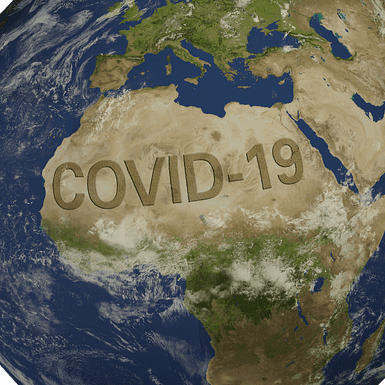According to an article in the Washington Post, a recent comment by a WHO official caused a furious debate and criticism of the organization.
Maria Van Kerkhove, the head of the agency’s emerging disease sector who made the original comment, later explained that she had been responding to a journalist’s question.
At the time, Ms. Kerkhove spoke of asymptomatic transmission as being “very rare.” She now categorizes her statement as a misunderstanding.
Ms. Kerkhove further suggested that her statement was not a WHO policy. It was simply stating what is known about the disease: that some asymptomatic people do transmit COVID-19.
It is generally understood that no one knows how frequently this type of transmission occurs. Studies have shown that there are many people who do not exhibit symptoms.
The Need to Clarify
There was immediate need to clarify her statement. Within 24 hours the WHO called a special news conference. The agency backed her statement by explaining that there is still much to explore regarding whether asymptomatic people are responsible for major transmission of COVID-19.
Unfortunately, Ms. Kerkhove’s original statement was already “out there.” Many people took advantage of the confusion by saying that this proves it is unnecessary to wear masks or maintain social distancing.
Of course, this theory is in total contradiction to our CDC and the WHO’s recommendations.
The confusion only added more confusion to a society trying to cope with health department recommendations that change by the day in accordance with the latest statistics.
Criticism of the WHO
Criticism of the WHO was immediate, proving how readily people will politicize their work even at this point in the pandemic.
Both Sides of the Coin
The WHO mentioned some countries that traced confirmed cases. Their results did not show a significant number of asymptomatic people spreading the disease.
On the other hand, the WHO acknowledges that other recent studies have shown that forty-one percent of transmissions “may” be caused by asymptomatic people.
Therefore, the question remains as to whether these infected people are in any way driving the disease.
It is also worth noting that there have been many suggestions that the current (worldwide) testing may not be accurate.
About Asymptomatic Definitions
As evidence of the reason for confusion, there are different definitions.
- Asymptomatic: people who never show symptoms
- Presymptomatic: people who show symptoms only after having COVID-19 for a certain period of time
Other scenarios would be people with either mild symptoms or symptoms that are not typical. Fever and cough are typical, but some people may experience muscle aches and diarrhea. Therefore, they would not be aware initially of having the disease.
In light of all the uncertainty, health officials advise that everyone, including those at low risk or without symptoms, should continue to act cautiously using recommended safety precautions. This is for everyone’s benefit.
A Word From Dr. Fauci
According to the New York Times, Dr. Anthony Fauci recently spoke to biotech executives and emphasized that the pandemic is far from being over.
In a recent teleconference, Dr. Fauci commented that he was surprised how rapidly COVID-19 spread throughout the world.
He explained that usually a widely transmitted disease will spread around the world within six months. However, COVID-19 has accomplished that spread within one month.
Dr. Fauci connects COVID-19’s rapid spread to world travel by people infected with the virus.







